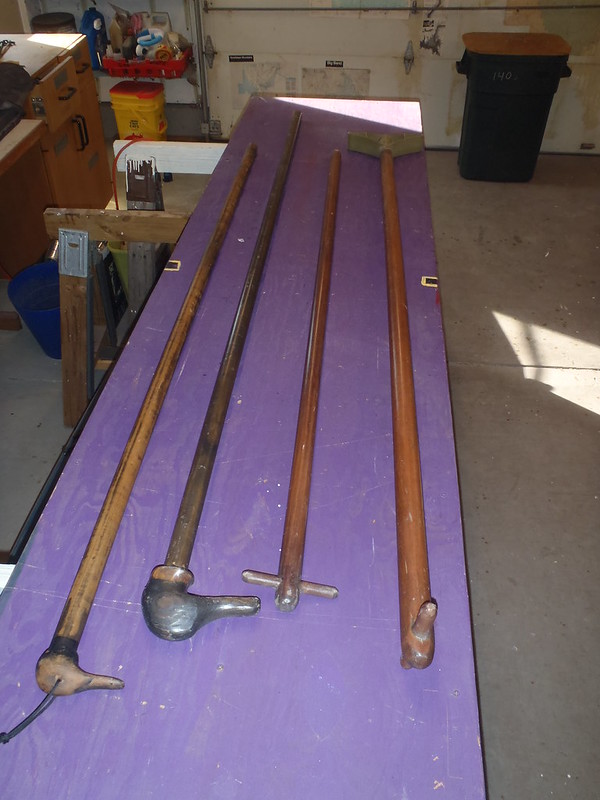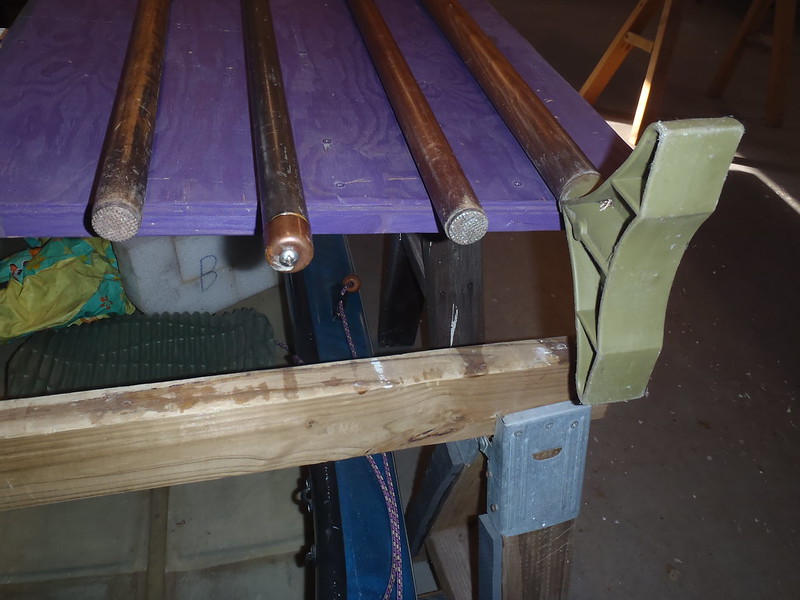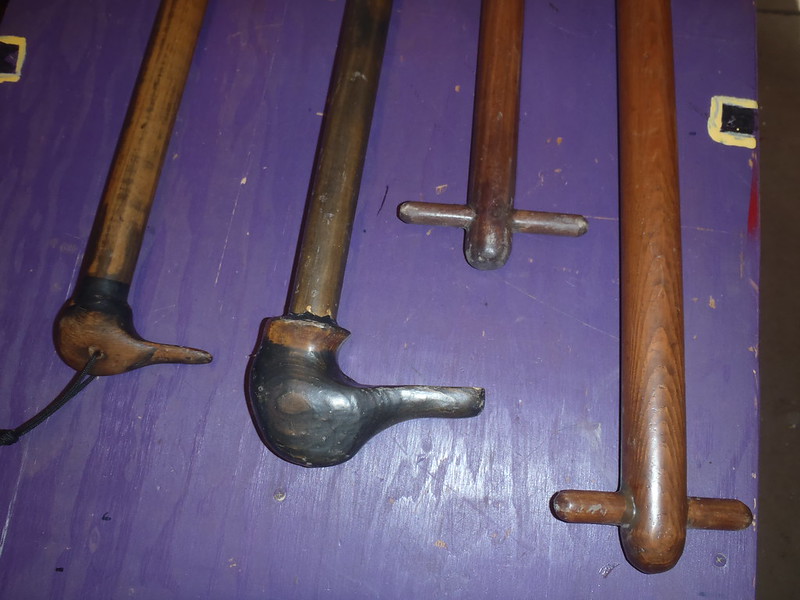I got a pole that I plan to use on the Susquehanna and Lehigh rivers near me in Pa. I haven't gotten to do that yet but I did get to use it to navigate through and over ice to get to open water on my lake. It is an indispensable tool that got me three days of paddling before Thanksgiving before things froze and I needed it to get out the last three days since things melted. I used it to smash thin ice in front of the bow to make it easier to get through and to minimize damage to my hull. I've also used it to push the bow onto the ice that then would break with weight on it. I was also able to push myself across the top of ice that was too thick to break through. I was surprised that I was even able to get some glide when going downwind. To be totally safe I also need to get an ice hook or loggers hookeroon to pull the boat up on the ice in deeper water. If there is any ice where you're doing your paddling it is prudent to have at least one tool to deal with it or you could get stuck.
-
Happy Birthday, Beethoven (1770-1827)! 🎼 5️⃣ , 9️⃣
New pole coming in handy lately
- Thread starter lowangle al
- Start date








